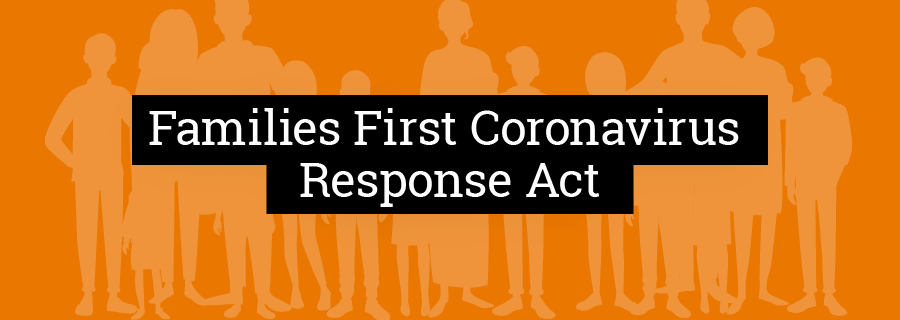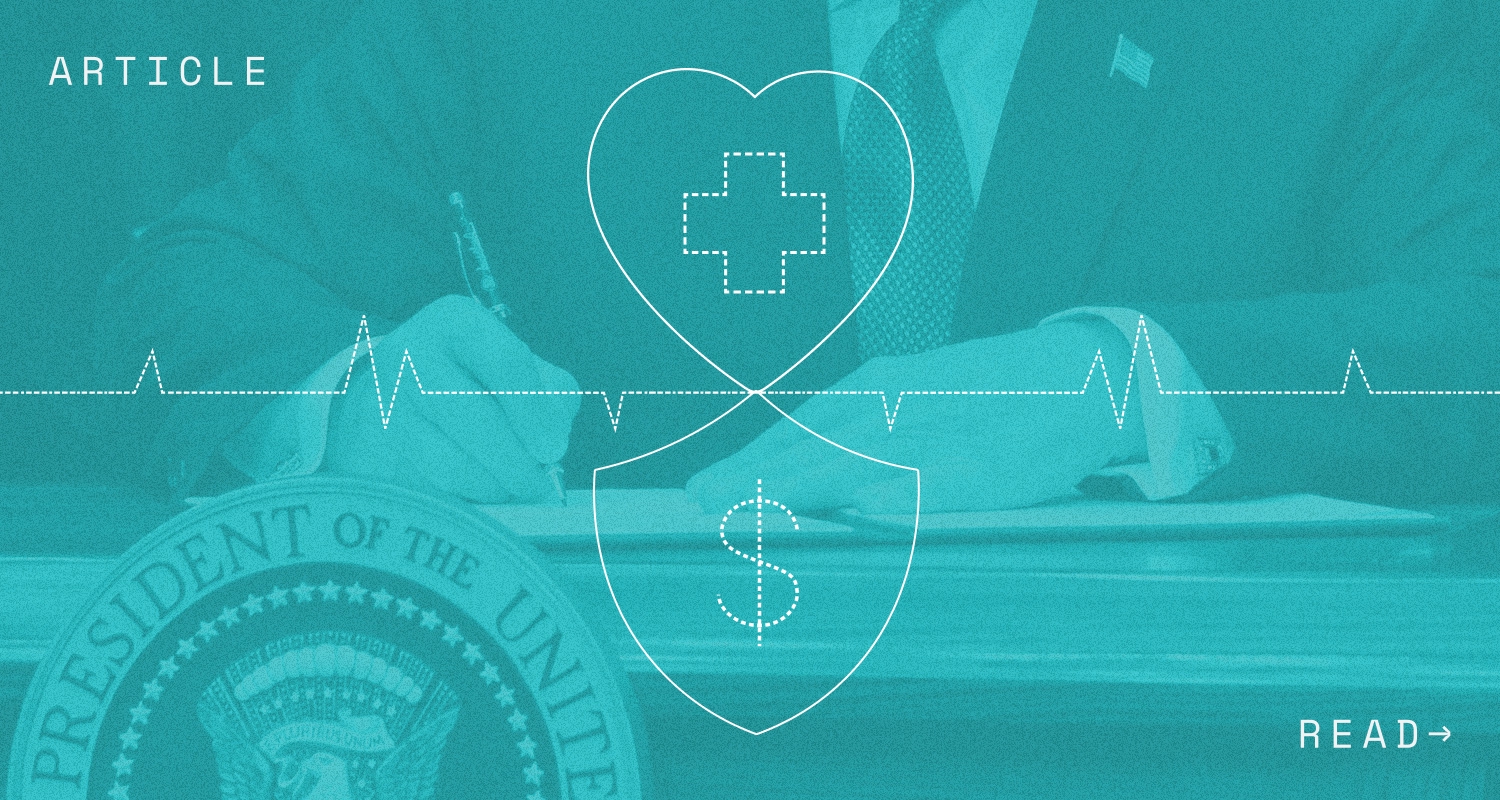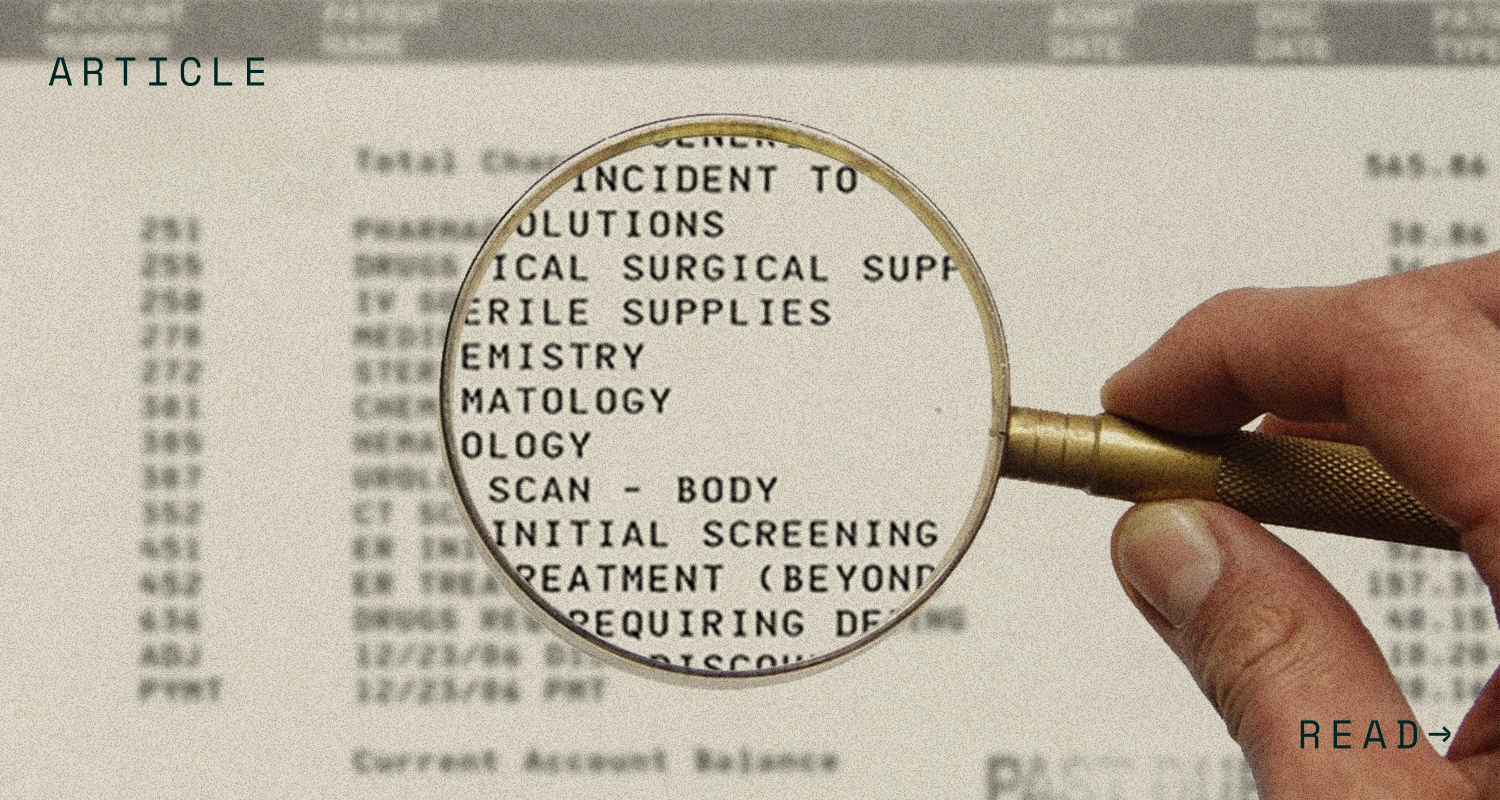UPDATED December 30, 2020 – The President signed the COVID-19 stimulus bill into law on December 27, 2020, confirming that FFCRA leave will end on December 31, 2020, though covered employers may continue to provide paid leave that would have otherwise been mandated under the FFCRA voluntarily and claim a tax credit to cover the costs of the paid leave provided through March 31, 2021. For more information please visit our blog post.
UPDATED August 3, 2020 – On July 8, 2020, the IRS announced and issued guidance explaining employers’ obligations for reporting FFCRA sick leave payments on employees’ 2020 Forms W-2. See section Reporting Payments on Employee’s W-2 for more information.
The Families First Coronavirus Response Act (the “FFCRA”), was signed by the President March 18, 2020, and provides employers subject to the FFCRA refundable tax credits that reimburse them, dollar-for-dollar, for the cost of providing paid sick and family leave wages to their employees for leave related to COVID-19. For more information about the FFCRA, please visit our detailed blog post.
Last week, the Internal Revenue Service (IRS) released a series of frequently asked questions (IRS FAQs) regarding the employer requirements, limitations on benefits, and application of the paid leave credits highlighting the documentation employers should require from employees to substantiate an employee’s need for leave under the FFCRA.
This article provides an overview of what employers need to know with respect to recordkeeping requirements for leave provided under the FFCRA.
Requesting Leave Under the FFCRA
What Must an Employee’s Request for Paid Leave Under the FFCRA Include?
Employees must submit a written request for leave that includes the following:
- The employee’s name;
- The date(s) for which leave is requested;
- A statement of the COVID-19 related reason they are requesting leave and written support for such reason*; and
- A statement that they are unable to work, including telework, due to the stated reason.
*For leave based on a quarantine order or self-quarantine advice, the written statement from the employee above should include the name of the governmental entity ordering quarantine or the name of the health care professional advising self-quarantine. If the person subject to quarantine or advised to self-quarantine is not the employee, that person’s name and relation to the employee should be included in the written statement.
For a leave request based on a school closing or child care provider unavailability, the written statement should include the name and age of the child (or children) to be cared for, the name of the school or place of care that has closed, and a representation that no other person will be providing care for the child during the leave. With respect to the employee’s inability to work or telework because of a need to provide care for a child older than fourteen during daylight hours, a statement that special circumstances exist requiring the employee to provide care.
Authority: IRS FAQ, #44
Obtaining Tax Credits Under the FFCRA
Employers may begin claiming tax credits for qualified leave wages paid to employees due to paid sick leave or expanded family and medical leave for reasons related to COVID-19 (beginning on April 1, 2020 and ending on December 31, 2020). The IRS expects to begin processing these requests during April 2020.
Important update: the President signed the COVID-19 stimulus bill into law on December 27, 2020, confirming that FFCRA leave will end on December 31, 2020, though covered employers may continue to provide paid leave that would have otherwise been mandated under the FFCRA voluntarily and claim a tax credit to cover the costs of the paid leave provided through March 31, 2021. For more information please visit our blog post.
What Records Does an Employer Need to Substantiate Leave to Obtain Tax Credits?
In addition to maintaining the documentation described above when leave is requested by an employee, the employer must create and maintain records that include the following information:
- Documentation to show how the employer determined the amount of qualified sick and family leave wages paid to employees that are eligible for the credit, including records of work, telework and qualified sick and family leave;
- Documentation to show how the employer determined the amount of qualified health plan expenses that the employer allocated to wages. (See, IRS FAQ #31 for methods to compute this allocation);
- Copies of any completed Forms 7200, Advance of Employer Credits Due To COVID-19, that the employer submitted to the IRS;
- Copies of the completed Forms 941, Employer’s Quarterly Federal Tax Return, that the employer submitted to the IRS (or, for employers that use third party payers to meet their employment tax obligations, records of information provided to the third party payer regarding the employer’s entitlement to the credit claimed on Form 941).
Authority: IRS FAQ, #45
How Long Must an Employer Keep Records to Substantiate Eligibility for the Tax Credit?
Employers subject to the FFCRA should keep all records of employment taxes for at least 4 years after the date the tax becomes due or is paid, whichever comes later. These should be available for IRS review.
Authority: IRS FAQ, #46
As always, employers should consult with tax professionals on questions related to their ability to obtain these tax credits.
Reporting Payments on Employee’s W-2
On July 8, 2020, the IRS announced and issued guidance explaining employers’ obligations for reporting FFCRA sick leave payments on employees’ 2020 Forms W-2. This new reporting obligation requires employers to break out the paid leave portions of employees’ compensation to assist employees who are also self-employed individuals and may need to separate this compensation for reporting purposes.
Employers are required to separately report FFCRA sick and emergency FMLA leave payments on either the employee’s W-2, Box 14 or on a separate tax statement. Specifically, employers must report and label amounts paid to an employee in the following three categories:
- Emergency Paid Sick Leave – sick wages paid to employees for qualifying self-care reasons subject to a $511 per day limit ($5,110 in total). These wages must be reported using the language: “sick leave wages subject to the $511 per day limit.”
- Emergency Paid Sick Leave – sick wages paid to employees for qualifying care of others subject to a $200 per day limit ($2,000 in total). These wages must be reported using the language: “sick leave wages subject to the $200 per day limit.”
- Emergency FMLA – qualified family leave wages paid to employees caring for a son or daughter whose school or place of care is closed or whose childcare provider is unavailable due to COVID-19, subject to a $200 per day limit ($10,000 in total). These wages must be reported using the language: “emergency family leave wages.”
Employers also report FFCRA leave wages paid to employees in Boxes 1, 3, and 5 of Form W-2.
If a separate statement is provided and the employee receives a paper W-2, then the statement must be included with the W-2 provided to the employee. If the employee receives an electronic W-2, then the statement must be provided in the same manner and at the same time as the electronic W-2.
Sequoia One Clients Only: No action required for Sequoia One clients. The Sequoia One Payroll team will be reporting and labeling applicable FFCRA leave wages paid to employees on their Form W-2.
As always, employers should consult with tax professionals on questions related to their W-2 reporting obligations.
Employers Must Post an FFCRA Notice
What are the Notice Requirements?
Employers are required to post a notice informing employees of their right to COVID-19-related paid sick leave and family medical leave under the FFCRA in a conspicuous place. An employer may satisfy this requirement by emailing or direct mailing this notice to employees, or posting this notice on an employee information internal or external website. The Secretary of Labor released a Model Employee Rights Poster and FAQs on the posting requirement. Employers are not required to post this notice in other languages, however, the DOL working on making translated versions available. Employers may want to consider updating their existing leave materials to include information about taking leave under the FFCRA.
Are Employers Required to Provide Notice to Applicants, Recently Laid Off Individuals or New Hires?
The DOL has clarified that the requirements under the FFCRA apply only to current employees and therefore, employers are not required to provide the notice to recently laid-off individuals or prospective employees.
Employers are required to provide this notice to new hires, either by email, direct mail, or by posting this notice on the premises or on an employee information internal or external website.
When Must Employers Post the Notice?
Employers must post the notice by April 1, 2020.
For additional information specific to the notice requirement, please review the DOL’s Families First Coronavirus Response Act Notice – FAQs.
Additional Resources
- IRS Notice 2020-54 – Guidance on Reporting FFCRA Wages
- IRS- COVID-19 Related Tax Credits FAQ
- IRS Form 7200: Advance of Employer Credits Due To COVID-19
- IRS Form 7200: Instructions
- DOL – Model Employee Rights Poster
- DOL – Families First Coronavirus Response Act Notice – FAQs.
- Sequoia Blog Post – Families First Coronavirus Response Act Takes Effect April 1st
- Sequoia Blog Post – Families First Coronavirus Response Act (“FFCRA”) Tax Credits Continue While Leave Entitlement Expires at Year-End
Disclaimer: This content is intended for informational purposes only and should not be construed as legal, medical or tax advice. It provides general information and is not intended to encompass all compliance and legal obligations that may be applicable. This information and any questions as to your specific circumstances should be reviewed with your respective legal counsel and/or tax advisor as we do not provide legal or tax advice. Please note that this information may be subject to change based on legislative changes. © 2020 Sequoia Benefits & Insurance Services, LLC. All Rights Reserved




